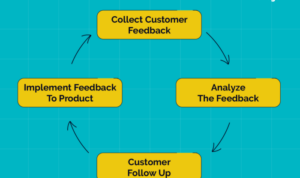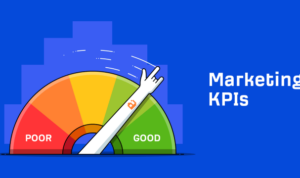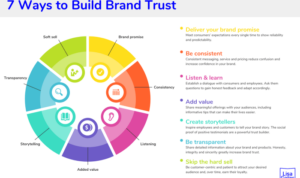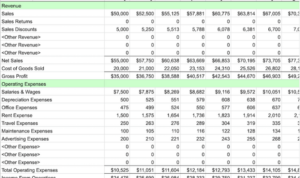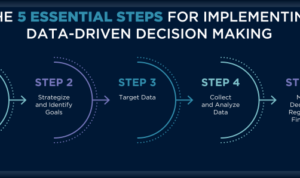Best Practices for Customer Surveys takes center stage, bringing you into a world of business savvy with a twist of coolness. Dive in for an inside look at how to level up your survey game!
When it comes to customer surveys, it’s all about getting the right insights to drive your business forward. From designing effective surveys to analyzing data, we’ve got you covered with the best tips and tricks.
Importance of Customer Surveys
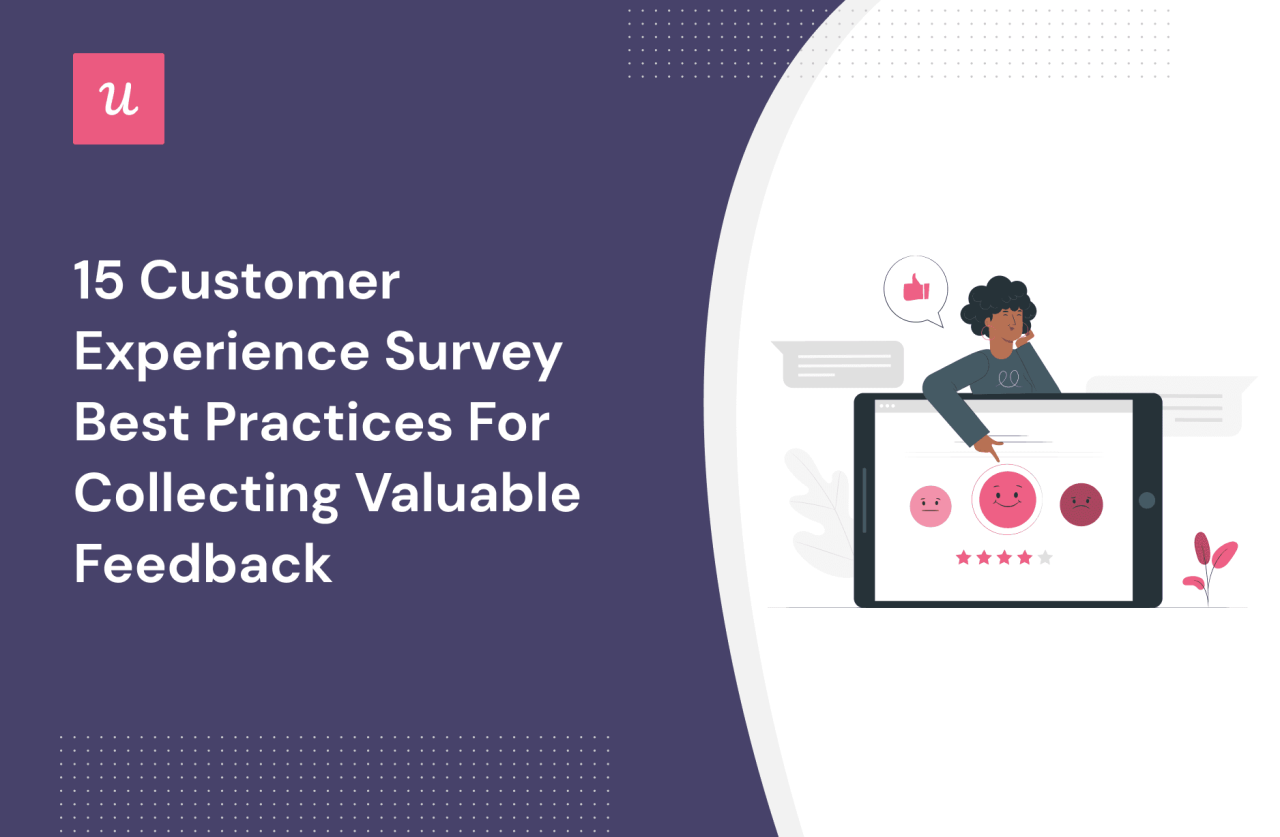
Customer surveys play a crucial role in helping businesses understand their customers’ needs, preferences, and satisfaction levels. By gathering feedback directly from customers, companies can make informed decisions to improve their products and services, ultimately leading to increased customer loyalty and retention.
Identifying Areas for Improvement
Customer surveys can highlight areas where products or services may be falling short of customer expectations. For example, if a survey reveals that customers are dissatisfied with a specific feature of a product, the company can use this feedback to make necessary improvements and enhancements to meet customer needs.
- Surveys can help identify common pain points experienced by customers, allowing businesses to address these issues promptly.
- Feedback from surveys can also uncover trends or patterns in customer behavior, providing valuable insights for product development or service enhancements.
Customer surveys are like a compass guiding businesses in the right direction towards customer satisfaction and success.
Shaping Business Strategies, Best Practices for Customer Surveys
Customer feedback collected through surveys can influence strategic decisions within a company. By understanding what customers value most and where improvements are needed, businesses can tailor their strategies to better meet customer expectations and stay ahead of competitors.
- Customer surveys can help businesses gauge customer satisfaction levels and measure loyalty, which are essential metrics for long-term success.
- Feedback from surveys can also inform marketing campaigns, product launches, and overall business planning, ensuring alignment with customer preferences.
Designing Effective Surveys: Best Practices For Customer Surveys
When it comes to creating customer surveys, the design plays a crucial role in gathering valuable insights and ensuring high response rates. Here are some best practices to keep in mind:
Creating Relevant Survey Questions
- Avoid leading questions that may bias responses.
- Use clear and concise language to ensure respondents understand the questions.
- Include a mix of closed-ended (multiple choice) and open-ended questions for a comprehensive view.
Managing Survey Length and Structure
- Keep the survey short and focused to prevent respondent fatigue.
- Arrange questions logically to maintain respondent interest and flow.
- Consider using progress indicators to show respondents how far along they are in the survey.
Formatting for Maximum Impact
- Use a clean and visually appealing layout to enhance the survey experience.
- Consider mobile responsiveness to accommodate respondents accessing the survey on different devices.
- Add instructions or explanations where necessary to guide respondents through the survey.
Increasing Survey Participation
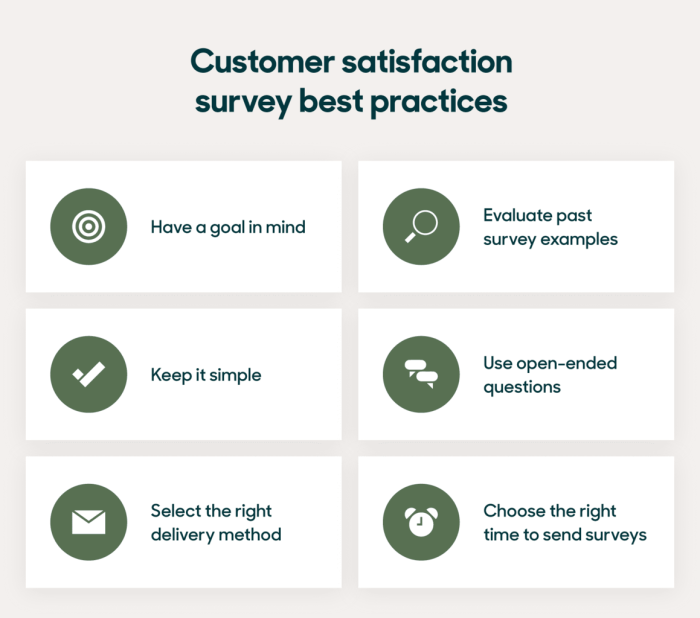
To boost survey participation, businesses can implement various strategies to encourage customers to take part in surveys. One effective approach is to offer incentives, which can help increase response rates and engagement levels.
Using Incentives to Boost Survey Response Rates
Offering incentives such as discounts, coupons, or freebies can motivate customers to complete surveys. These rewards provide customers with a tangible benefit for their time and effort, making them more likely to participate. By incorporating incentives into survey invitations, businesses can entice customers to provide valuable feedback and insights.
- Provide a discount on their next purchase for completing the survey.
- Enter participants into a raffle for a chance to win a prize.
- Offer exclusive access to upcoming product releases or events as a reward.
By offering incentives, businesses can significantly increase survey participation rates and gather more meaningful data from their customers.
Successful Tactics to Increase Survey Participation
Implementing the following tactics can help businesses effectively increase survey participation:
- Personalize survey invitations by addressing customers by name.
- Keep surveys short and concise to minimize customer effort.
- Utilize multiple channels for survey distribution, such as email, social media, and website pop-ups.
- Send reminders to customers who have not yet completed the survey to encourage participation.
These tactics have been proven to be successful in boosting survey response rates and maximizing customer engagement. By combining these strategies with the use of incentives, businesses can create a survey participation program that drives valuable insights and enhances the overall customer experience.
Analyzing Survey Data
When it comes to analyzing survey data, it’s crucial to follow a systematic approach to ensure accurate and reliable results. By effectively interpreting the data collected from customer surveys, businesses can gain valuable insights into customer preferences, satisfaction levels, and areas for improvement.
Utilizing Data Analysis Tools
- One common tool for analyzing survey data is statistical software like SPSS or Excel. These tools can help in organizing data, conducting statistical tests, and creating visualizations to identify patterns and trends.
- Sentiment analysis tools can also be used to analyze open-ended responses and categorize them based on the sentiment expressed by customers. This can provide a deeper understanding of customer feedback.
Ensuring Data Accuracy
- It’s essential to ensure the accuracy and reliability of the survey data before drawing any conclusions. This involves checking for inconsistencies, errors, or missing data that could skew the results.
- Conducting data validation checks and cross-referencing responses can help in identifying any discrepancies and maintaining the integrity of the data.

